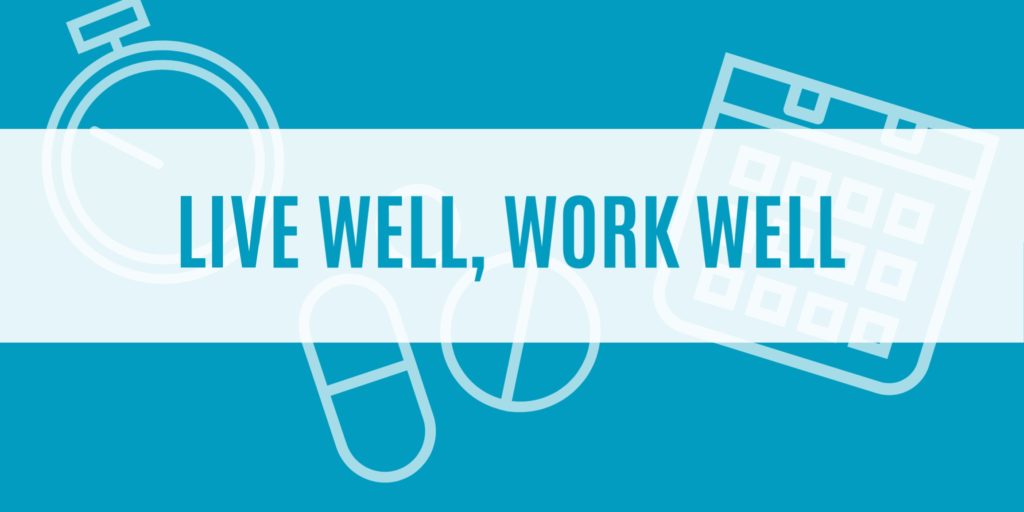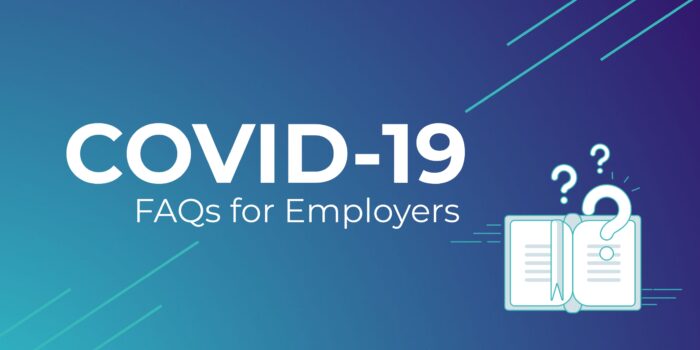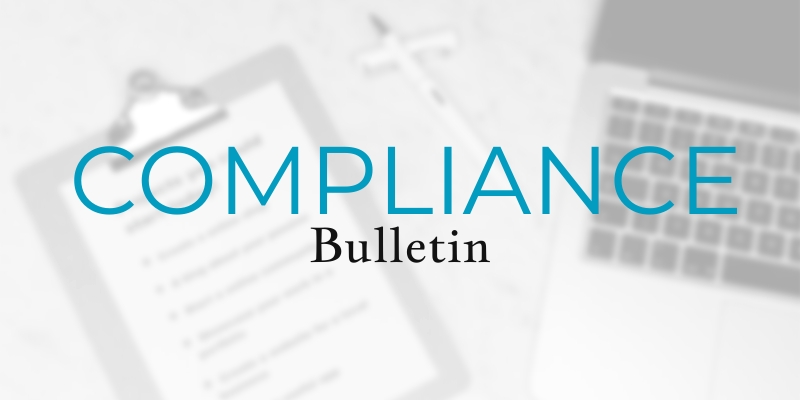[wpseo_breadcrumb]
 Vaccinations are a critical way to keep yourself and the public at large healthy.
Vaccinations are a critical way to keep yourself and the public at large healthy.
However, vaccinations often come with questions, particularly for new diseases. This article helps answer some of those questions, compiling expert guidance from the Centers for Disease Control and Prevention (CDC).
Before Getting Your Vaccine
It’s important to know whether the COVID-19 vaccination is recommended for you before making any further decisions. This
CDC webpage explains who should be vaccinated first. Use the link to see the specific rollout timeline for your state, as it will vary by location. It’s also worth doing a little research on the available vaccines, including
how they work and
their benefits.


 Vaccinations are a critical way to keep yourself and the public at large healthy.
Vaccinations are a critical way to keep yourself and the public at large healthy. During the COVID-19 pandemic, hiring managers are struggling to get candidates in the door.
During the COVID-19 pandemic, hiring managers are struggling to get candidates in the door. The COVID-19 pandemic continues to bring forth a variety of questions for businesses. Employers can take a number of preventive steps to help keep employees safe, but they should also prepare to respond to various situations that can occur in the workplace.
The COVID-19 pandemic continues to bring forth a variety of questions for businesses. Employers can take a number of preventive steps to help keep employees safe, but they should also prepare to respond to various situations that can occur in the workplace. On March 12, 2021, the Occupational Safety and Health Administration (OSHA) launched a
On March 12, 2021, the Occupational Safety and Health Administration (OSHA) launched a